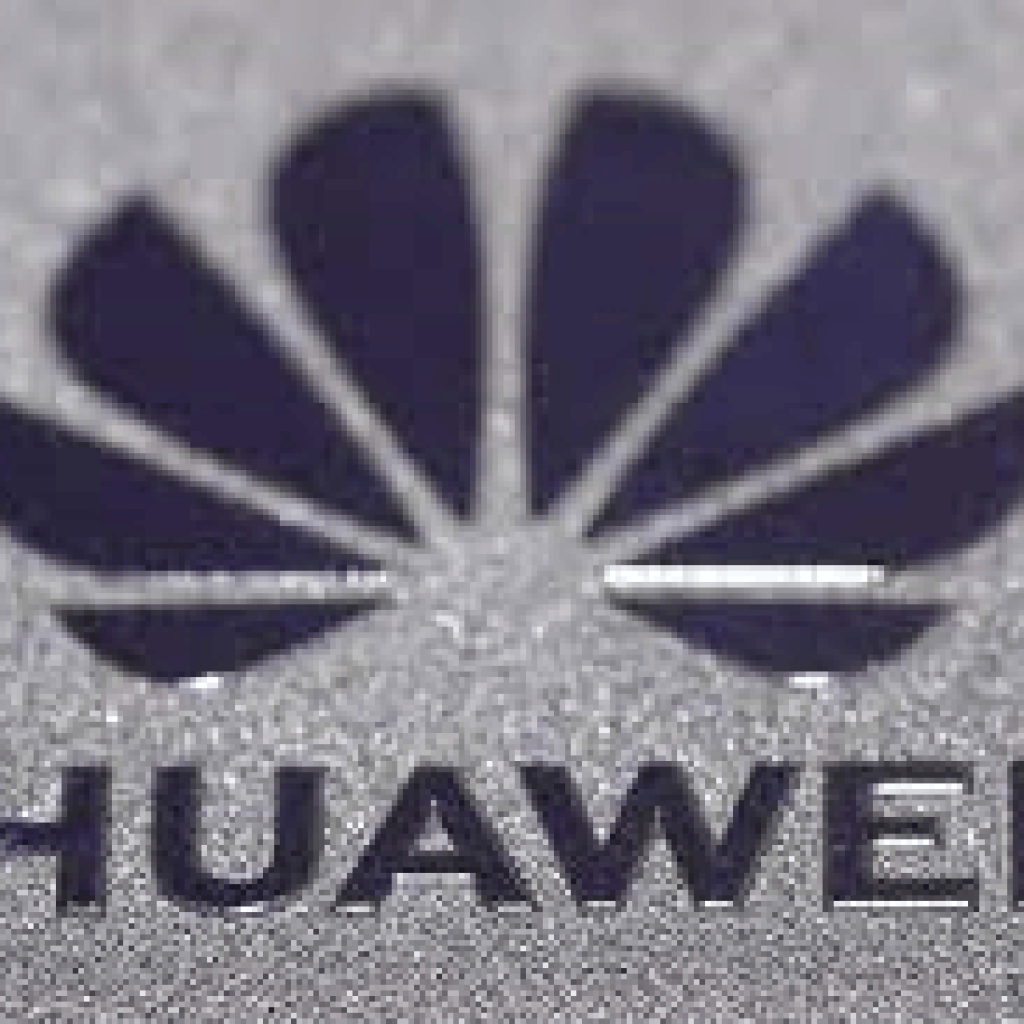According to a recent report by Chinese financial news magazine Caijing, tech giant Huawei has reportedly made significant improvements in electronic design automation (EDA) tools for chips produced at and above 14-nanometer technology. The business has already created 78 tools related to chip hardware and software. Their testing on those tools will finish this year. Huawei’s rotating chairman Xu Zhijun revealed in a speech on February 28. That the company collaborated with domestic EDA firms to develop the software. “Basically realizing the localization of EDA tools above 14nm.”
Also Read: Reliance Retail Ventures Ltd. Expands Portfolio with Home and Personal Care Products for ‘Real India’
Since 2019, increasing US sanctions have made it harder for Huawei to get chips and chip-design tools from US companies. This move is part of Huawei’s larger plan to move its supply chains closer to home. Chip design firms use EDA software to create chip blueprints before they are mass-produced at fabs. The Caijing report states that Huawei will also permit partners and clients to utilize the new software. The EDA software market is currently dominated by three foreign companies: Cadence Design Systems and Synopsys Inc.. Both based in the United States; and Mentor Graphics, which is owned by Germany’s Siemens AG. Therefore, Huawei’s advancements in chip design technology are significant.

But in 2020, Washington punished all three companies because they had done business with Huawei. Because of the sanctions, Huawei’s chip design division couldn’t get software updates, advanced manufacturing tools, or chip production fabs. This stopped it from making low-node processors for its smartphones. Sales of the company’s smartphone division consequently fell dramatically. By enabling it to manufacture its own high-quality chips without depending on foreign suppliers. Huawei’s new developments in EDA tools may help the company regain some of the ground it has lost in the smartphone market. In response to the US sanctions, the company has been gradually localizing its supply chains. Its most recent advancements in chip design technology are a significant step forward in this direction.
















